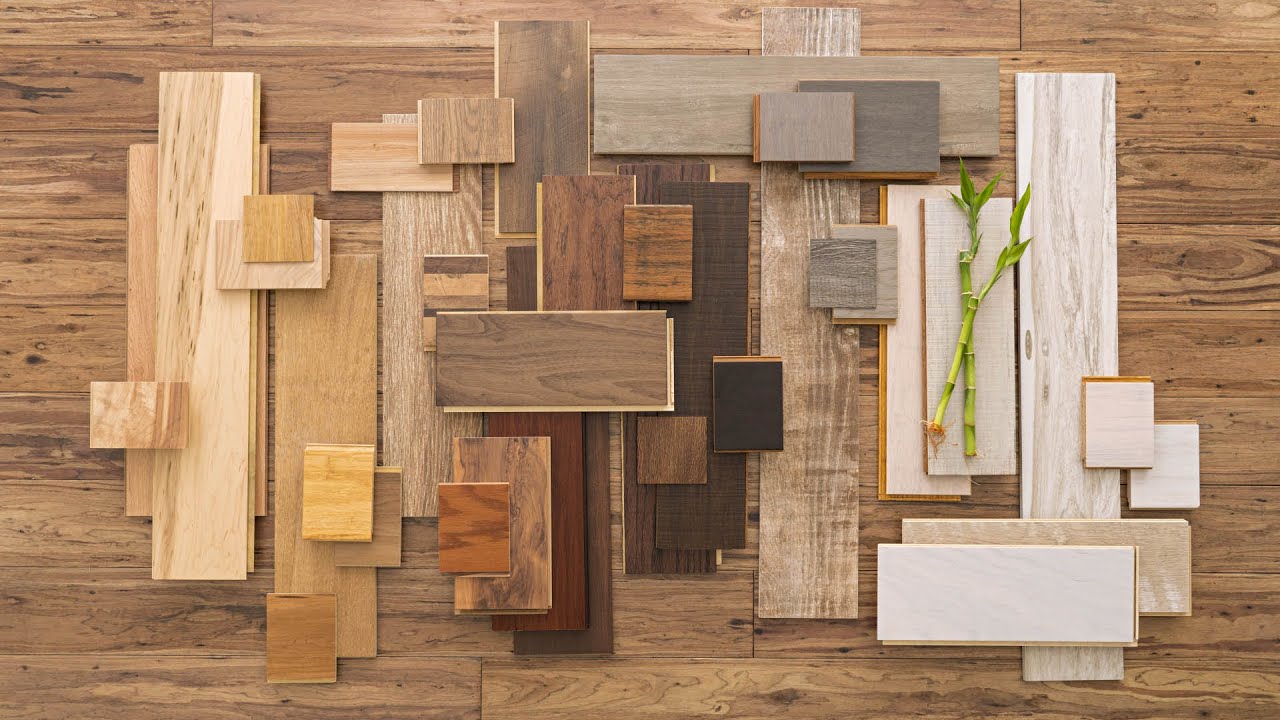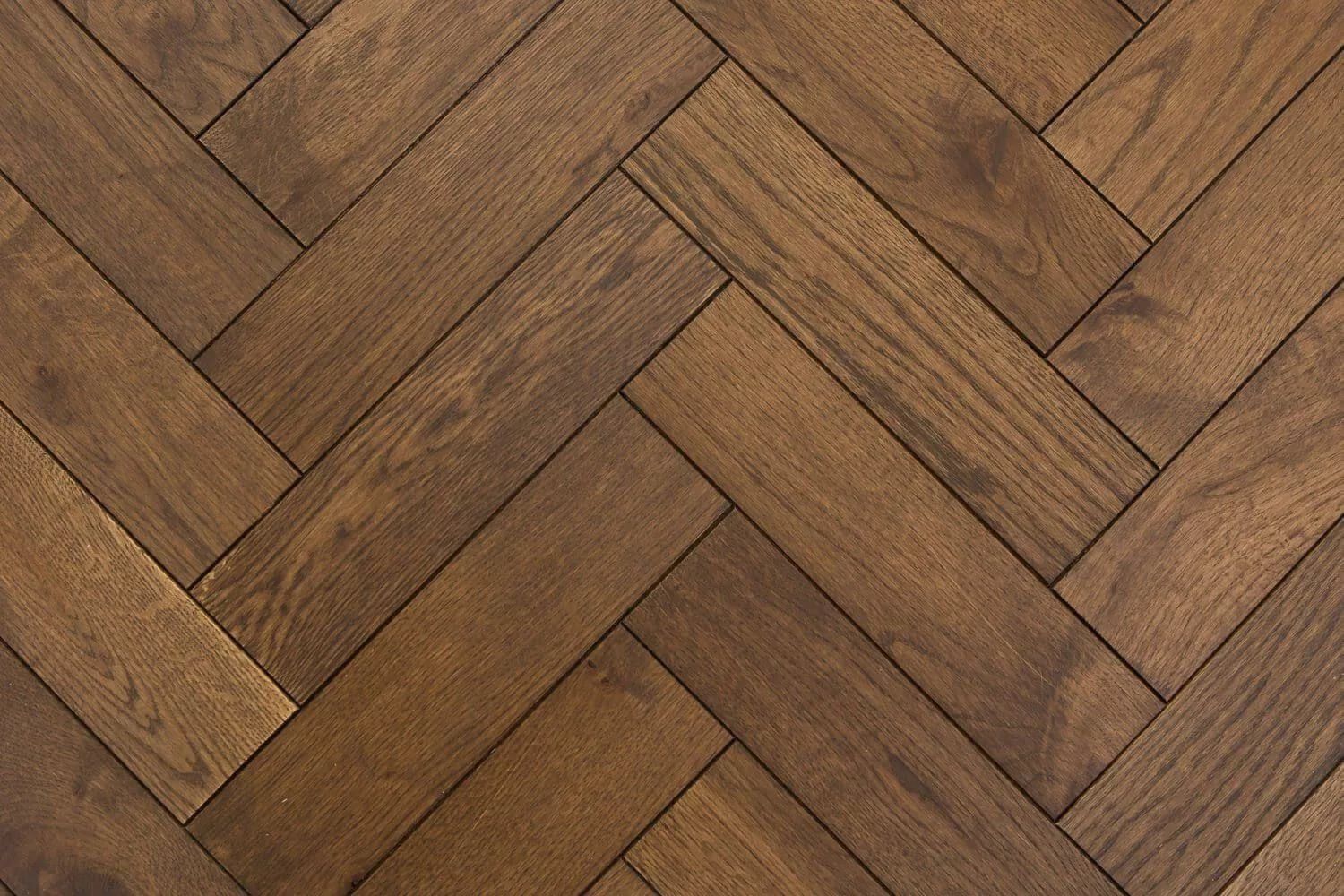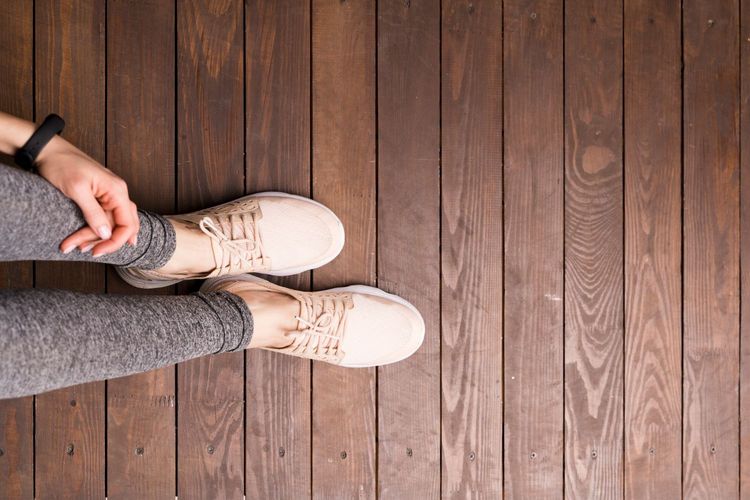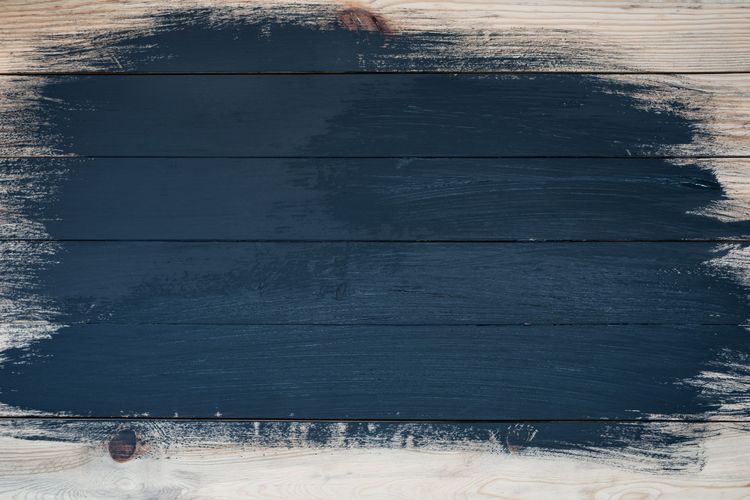What are the different types of wood flooring or all about wood floors

Wood flooring has long been cherished for its elegance, durability, and timeless appeal. Whether you're renovating a historic home or modernizing a new space, the type of wood flooring you choose can dramatically influence both the aesthetics and functionality of your interiors. This guide dives deep into the diverse world of wood floors, exploring the various types available—from classic hardwoods to innovative engineered options—and their distinct characteristics. We'll discuss the pros and cons of each type, helping you make an informed decision that aligns with your lifestyle, budget, and design preferences. From the rich grains of oak and the warmth of cherry to the eco-friendly allure of bamboo, understanding the nuances of each wood type will equip you with the knowledge to select the perfect flooring for your space.
Advantages of Wooden Flooring
Wooden flooring is renowned for its comfort, durability, and aesthetic appeal, making it a popular choice for many homeowners. One of its primary advantages is the warmth and timeless beauty it adds to any room, enhancing the overall decor and atmosphere. Wooden floors are also highly durable and capable of lasting decades when properly maintained. They offer a level of comfort underfoot that is hard to match with other flooring types. Additionally, wood floors are known for their versatility in design and style, easily complementing various interior themes from traditional to contemporary. The natural patterns and colors of wood can also significantly increase the value of a property, making it a wise investment for the future.

Types of Floors
Parquet
Parquet flooring is a type of wood flooring made from small pieces of hardwood fitted together in geometric patterns, creating a mosaic effect that is both elegant and unique. Traditionally used in formal settings like dining rooms and entryways, parquet can range from simple designs like herringbone or chevron to intricate motifs involving multiple wood shades and shapes. This style of flooring not only adds a distinct character to any space but also allows for customization in design to suit personal tastes and existing home decor.
Prefabricated Parquet
Prefabricated parquet, also known as engineered parquet, is a ready-to-install option that combines the beauty of real wood with added stability. These floors are constructed from multiple layers of wood veneers, with the top layer being the visible hardwood pattern and the underlying layers providing strength and resistance to warping. Engineered parquet is particularly suitable for areas with high humidity or temperature fluctuations because it retains the aesthetic qualities of traditional parquet while being more adaptable to various environmental conditions.
Boardwalk
Boardwalk hardwood floors, often referred to simply as plank flooring, consist of wider and longer planks of wood compared to traditional strip flooring. This type of flooring showcases the natural beauty of the wood, with fewer seams, offering a more seamless and expansive wood appearance. Boardwalk planks can come in a variety of wood types and finishes, allowing for a rustic or refined look, depending on the choice of wood and treatment. It’s especially popular in larger spaces where the broad planks can truly show off the wood’s natural grain and character.
Each type of wood flooring offers its own set of aesthetic and functional benefits, making them suitable for different spaces and styles. Whether you’re drawn to the intricate patterns of parquet, the practicality of prefabricated parquet, or the bold statement of boardwalk planks, there’s a wood flooring option to suit every preference and requirement.
What Wood Species are Used for Flooring
Choosing the right wood species for flooring largely comes down to personal taste and the specific needs of your space. However, different woods offer varying degrees of durability, color changes, and grain patterns that can significantly influence the ambiance and longevity of your flooring. From the classic allure of oak to the exotic charm of teak, each species brings its unique aesthetic and performance characteristics to the floor.

Oak
Oak is one of the most popular choices for wood flooring due to its strength and availability. It comes in a variety of colors and finishes, adapts well to stains, and features a distinctive grain that hides dirt and dents better than smoother, less grainy woods. Oak is also highly durable, making it ideal for high-traffic areas in homes.
Maple
Maple flooring is known for its light, creamy color, smooth grain, and durability. It provides a bright, clean look that can help small spaces appear larger. Maple is harder than oak, which makes it very durable but it can be more difficult to stain evenly due to its density and tight grain. This wood is often used in sports facilities and is a great choice for contemporary interiors.
Cherry
Cherry wood flooring is prized for its natural reddish tones that deepen into a richer red over time when exposed to sunlight. It has a smooth grain and a fine, satiny texture that adds a touch of elegance and warmth to any room. However, cherry is softer than oak and maple, making it more susceptible to scratches and dents.
Walnut
Walnut offers a deep, rich color and a unique grain that can vary from straight to wavy patterns. It's slightly softer than oak, but its dark color helps hide imperfections well. Walnut flooring is often chosen for its striking appearance that makes a bold statement in any room.
Other Exotic Woods
For those looking for something out of the ordinary, exotic woods like teak, jatoba (Brazilian cherry), zebrano (zebrawood), msasa, ipe (Brazilian walnut), and sucupira offer unique colors and grains. These woods can provide exceptional hardness and durability, making them suitable for flooring. Exotic woods often feature dramatic color variations and patterns that can turn a simple floor into a standout feature of your home.
The choice of wood species for flooring should consider both aesthetic preferences and practical considerations like room usage, sunlight exposure, and expected foot traffic. Each type of wood has its distinct advantages, enabling homeowners to tailor their choice to perfectly suit their lifestyle and decor.
What to Coat a Wooden Floor With
Properly coating a wooden floor is essential for protecting it from moisture, stains, and wear, while also making it easier to maintain and enhancing its natural beauty. The choice of finish can affect the floor’s appearance, feel, and durability. There are primarily three types of finishes used on wooden floors: oil, wax, and varnish. Each type offers different benefits and aesthetics, so choosing the right one depends on your lifestyle, the usage of the room, and the type of wood.

- Oil. Oil finishes penetrate deeply into the wood, enhancing its natural color and grain, and providing a warm, rich appearance. They are popular for their natural look and feel, and because they are absorbed into the wood, they offer good protection against scratches and minor dents by making the wood more flexible. Oiled floors are also relatively easy to repair because spot repairs can be blended into the existing finish without redoing the entire floor. However, they require more maintenance than varnished floors, often needing reapplication every few years depending on the traffic and wear.
- Wax. Wax finishes provide a soft, satin sheen that enhances the wood’s natural beauty while offering a layer of protection. Wax is easy to apply and makes wooden floors more resistant to water and stains. It is also one of the easiest finishes to touch up in the event of scratches or scuffs. However, waxed floors can be susceptible to damage from heavy foot traffic and can require regular buffing and reapplication to maintain their protective layer and luster.
- Varnish. Varnish, including polyurethane, is a popular choice for wooden floors due to its durability and resistance to moisture, stains, and wear. It sits on top of the wood, forming a hard, protective layer that is available in various sheens from matte to glossy. Varnished floors are easier to maintain than oil or waxed floors and do not require frequent reapplications. However, if the varnish becomes scratched or worn, repairing it can be more labor-intensive, often requiring sanding down and refinishing the affected area or the entire floor.
When choosing a coating for a wooden floor, consider how each option aligns with the level of maintenance you are willing to perform, the room's traffic level, and the aesthetic you wish to achieve. Each finish type has unique characteristics that can significantly influence the floor’s practical and visual appeal over time.



